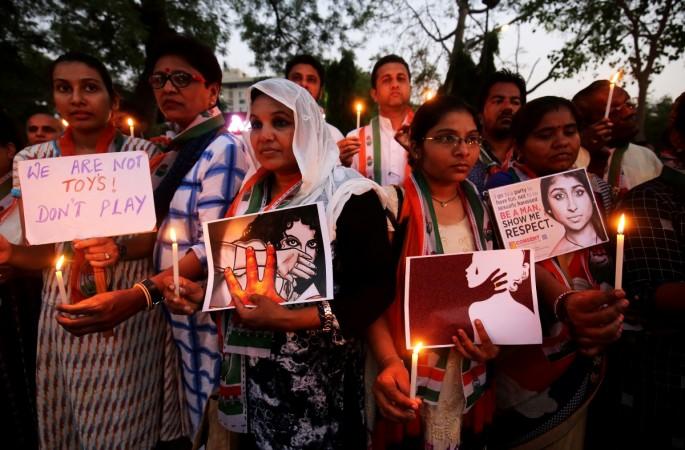
Societal norms are constantly changing from one generation to the next, but if one were to spearhead societal change and actually hope to modify people's thoughts toward or against someone or something, it is not possible for people to do this alone. How many people then, does it take for real social change to take effect, and where is this "tipping point"?
Through the years, there have been several incidents that have triggered enough support from people for it to take effect as a new norm in the minds of the public, but till now it was not known exactly how many people are needed to move an idea from the fringes to the mainstream, reports Futurism. Researchers from the University of Pennsylvania to the University of London conducted a study and found the magic number - 25 percent.
Starting revolutions
If 25 percent of the population in on board with a certain idea or ideology, it is most likely possible to make it mainstream and actually convince people that it is worth changing their belief systems. The experiment was divided into several parts, notes the report- the first step involved establishing a new norm. For this, researchers placed 194 participants into 10 groups online with each of these groups containing 20 to 30 participants each. The members of each group were then paired up and they asked the pairs to choose a name for something in an image, a photograph something like a face. Their choices were recorded in a chat screen.
If both members of a pair chose the same name within a small window of time, they were rewarded financially, if they were not able to settle on a name, they were penalised. By the end of the round, researchers found that many participants paired off with new partners with one goal- agree on a name for a group.
It did not take too long for all 20 to 30 members of a group to all agree on the same name. Around this time, notes the report, the researchers introduced a number of confederates into the groups. These people had only aim- to change the established name of the image into something else. After a bit of prodding, these confederates were able to successfully adopt the name they wanted just as the total number of people on their side tipped to 25 percent. Sometimes, just one extra addition to the rogue group was enough to tip everyone into believing in the new system. This in spite of the fact that everyone was about to receive financial rewards for already agreeing on one name.
Swaying majority opinions
The researchers did, however, agree that in the real world, there a lot more variables that go into play and minorities, however, committed to their cause overthrowing long-held beliefs is not that simple. The length of time the population holds on to a convention, for example, is one such variable. Also, the emotional connect that a certain belief has with people is another factor.
Having said that, just the knowledge that 25 percent of the people, that is just one-fourth of the population getting together can exact social change could be reassuring to many. Also, even one person can make a difference and this study has statistically proved it.
This can also work in favour of the opposition as well, caution the researchers. If there is a government that can afford to employ its own confederate agents, they can work well enough to sway public opinion. Online bots and fake accounts are a plenty in today's day and age, making this research sound a lot more scary than it needs to be.
The study was first published in the journal Science.

















